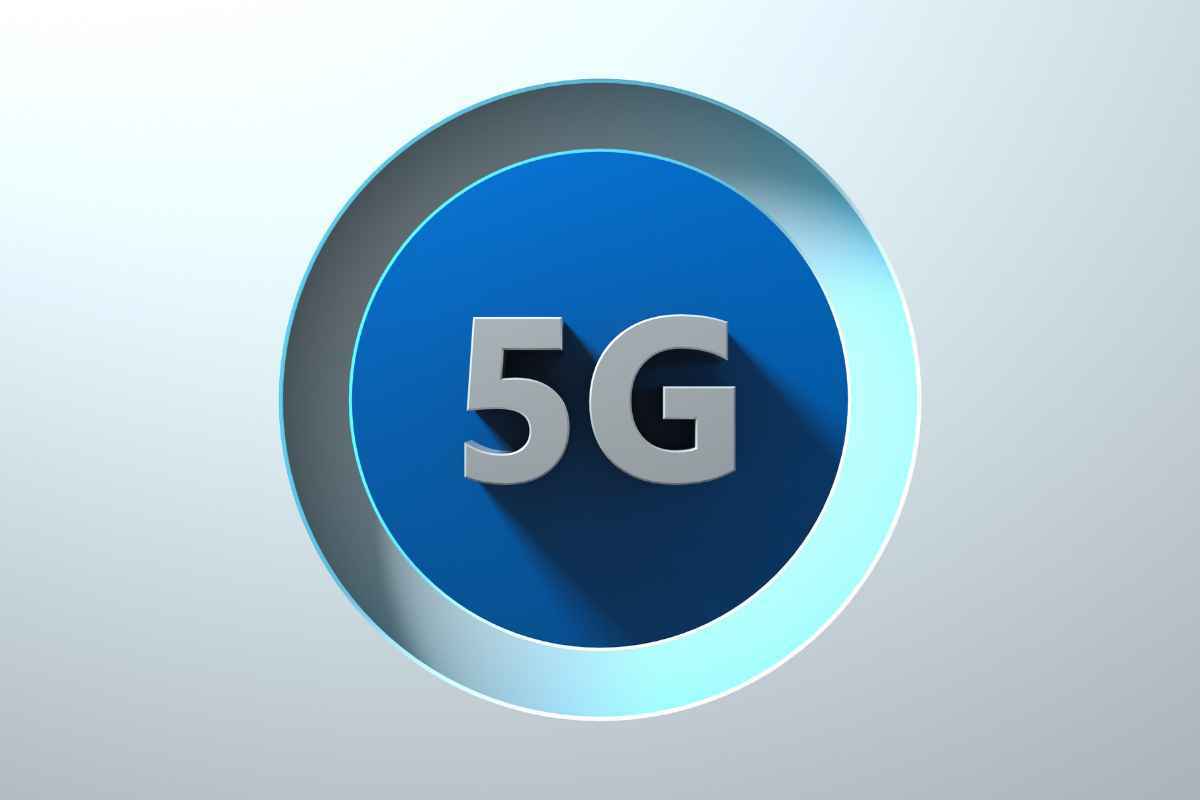
Many Indian state governments have reduced RoW (Right of Way) charges for deploying OFC (Optical Fiber Cable) and mobile towers for the telecom operators. This has happened very recently, and the telcos will get a huge relief because of that, as their costs for setting up new infrastructure and rolling out networks would go down significantly. So why are the state government’s finally coming around together and aligning their RoW policies with the Indian Telegraphy RoW rules 2016? Here's why I think this is happening.
Pressure from Central Government
The Central government must have had a role in this. The telecom sector is the backbone of the country and absolutely crucial for the development of the masses. The Central government knew the kind of high rubbish charges that telcos had to pay in many states for just rolling out fiber. This slowed down the growth of India’s digital journey by making it a bad investment for the telcos.
But by reducing the charges for laying fiber, many state governments have shown support for the Central government’s vision of building a digital India. But this is not all. I think there’s another selfish reason as well.
Every State Would Want 5G to Arrive Fast
Every state government would want its people to get access to 5G networks as fast as possible. But 5G would require a dense infrastructure setup. This wouldn’t have been possible with high RoW charges. Thus, in order to get the telcos’ attention, the state governments have started reducing RoW charges.
COAI’s Role
The Cellular Operators Association of India (COAI) has played a major role in communicating with the authorities and working with them closely to bring about a change in RoW policies in many states. The industry body, which represents the private telcos, had been pushing for the state governments to align their RoW policies with that of the Indian Telegraphy RoW rules 2016.
All of these factors have helped the telcos majorly as many states have updated their RoW policies and reduced the charges for laying fiber and installing mobile towers. This will help the telcos significantly with the 5G rollout, which is not too far from now.















